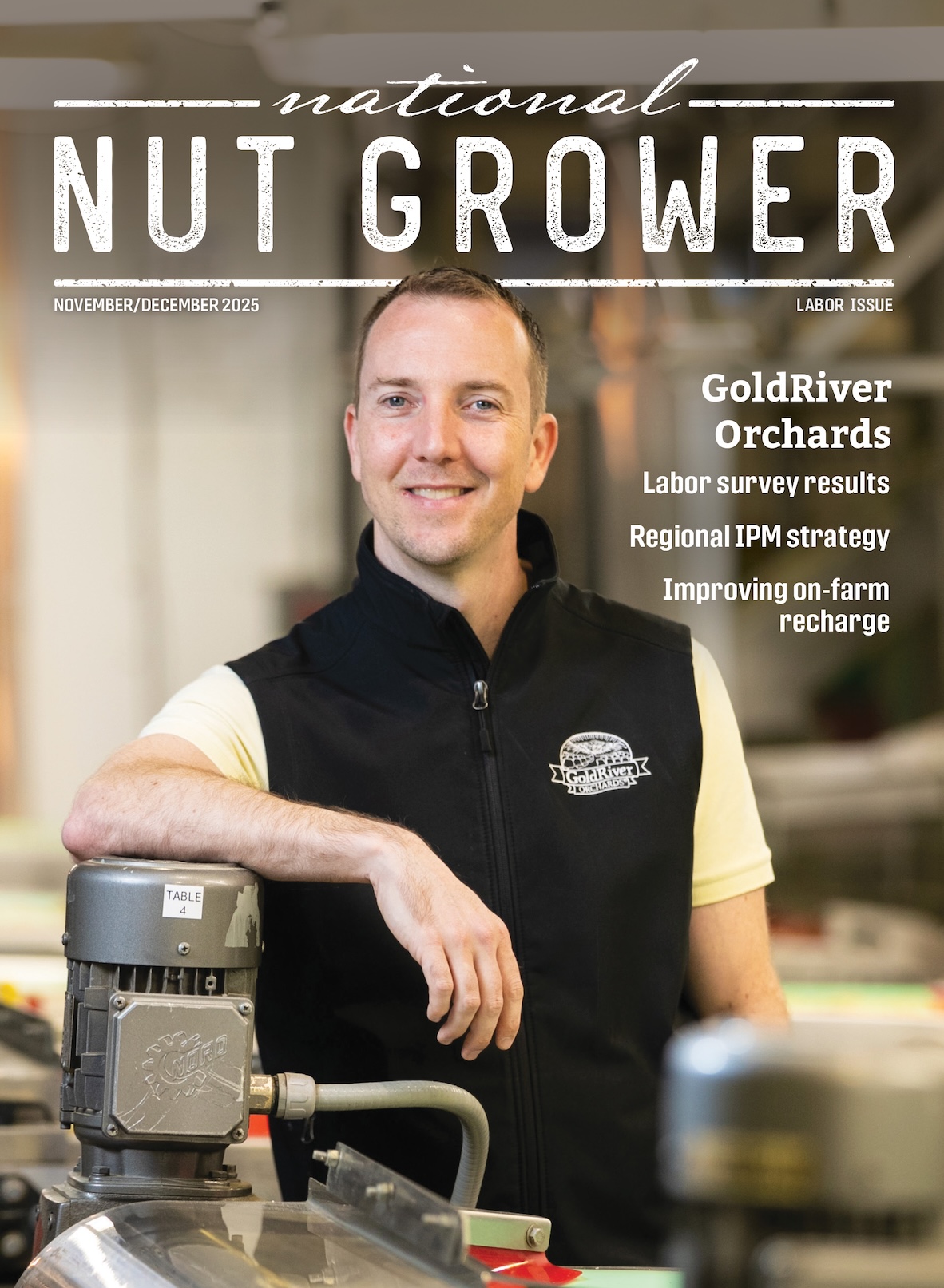Jul 21, 2022Heat illness prevention: What is “adequate?”
According to the California Division of Occupational Safety and Health (Cal/OSHA), a failure to provide adequate shade and water is among the most frequently cited violations in agriculture under the Heat Illness Prevention Standard.
But what is the definition of “adequate?” In order to ensure compliance and avoid regulatory discipline, AgSafe has provided guidance on what qualifies as “adequate shade and water.”

Defining “adequate shade and water”
Shade
“Adequate shade” essentially means blockage of direct sunlight. One indicator that blockage is sufficient is when objects do not cast a shadow in the area of blocked sunlight. Shade is not adequate when heat in the area of shade defeats the purpose of shade, which is to allow the body to cool.
For example, a car sitting in the sun does not provide acceptable shade to a person inside it, unless the car is running with air conditioning. Shade may be provided by any natural or artificial means that does not expose employees to unsafe or unhealthy conditions, and that does not deter or discourage access or use.
Employers need to ensure shade is available for employees once the temperature exceeds 80° F. To accurately determine when it surpasses 80° F, Cal/OSHA urges employers to not rely on their cell phones because it does not reflect site-specific temperatures. Instead, the best practice is to invest in and use an outdoor thermometer daily.
The amount of shade present should be at least enough to accommodate the number of employees on recovery or taking rest periods so that they can sit in a normal posture fully in the shade without having to be in physical contact with each other. The shade should be located as close as practicable to the areas where employees are working. Further, shade needs to be available – even when the temperature does not exceed 80° F – upon employee request.
According to state regulations, the amount of shade made available to employees must be, at minimum, able to accommodate the number of employees on recovery or rest periods so that they can sit in a normal posture fully covered by the shade without having to be in physical contact with each other.
Water
Employees should always have access to potable drinking water that is fresh, pure, suitably cool and provided free of charge. The water should be located as close as practicable to the areas where employees are working. Where drinking water is not plumbed or otherwise continuously supplied, it shall be provided in a sufficient quantity at the beginning of the work shift to provide one quart per employee per hour for drinking during the entire shift.
Employers are permitted to provide smaller quantities of water at the beginning of the shift if they have effective procedures in place to replenish the water during the shift, as needed, to allow employees to drink at least one quart or more per hour.
For more information about heat illness prevention, worker safety, human resources, labor relations, and pesticide compliance, please visit www.agsafe.org or contact us at (209) 526-4400 or via email at safeinfo@agsafe.org.
– Angelina Ceja, director of education, AgSafe, in partnership with Almond Board of California









